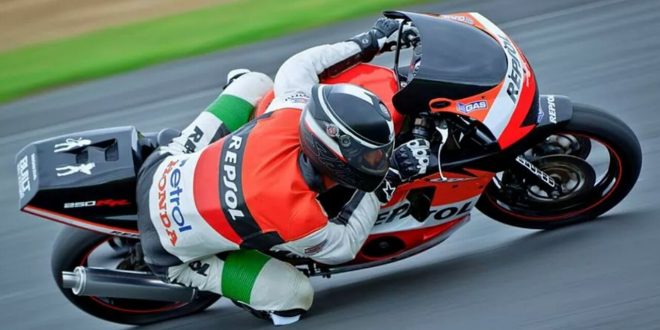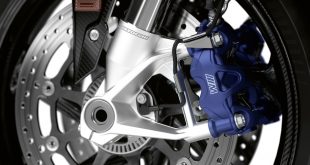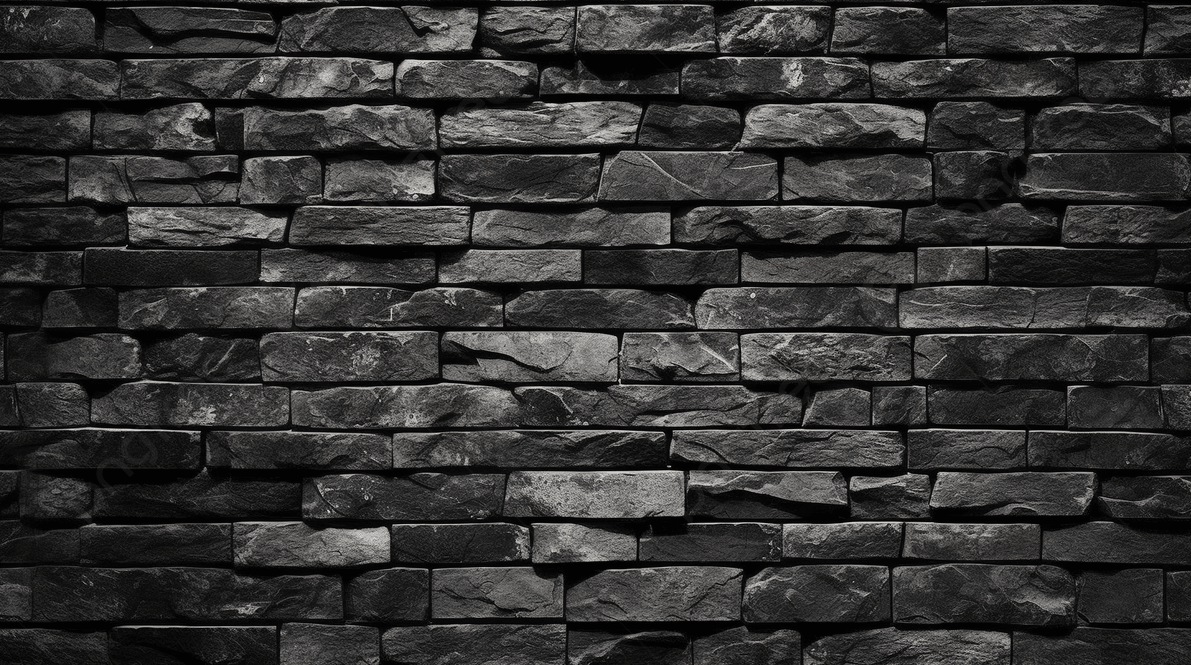Invariably, most motorcycle owners will tell you how they’ve made their bike faster, handle better, and brake stronger than the factory original machines, by use of aftermarket exhaust pipes, fuel maps, jets and needles, as well as suspension changes, upgrading tires and braking systems. Or alternatively, they’ve changed up the ‘look’ of the bike the create something personal to them. However, what they won’t tell you is all the research that goes into making your bike “your own”, as compared to your mates bike, or the one that is still in the dealership.

To go into the topic fully would take more space than I’ve got here, so we’ll try to hit the basics, for newer Fuel-Injected bikes, and older Carb-ed machines. The first thing to realize is, both schools of these bikes revolve around the same technology – a frame built over two wheels, with a motor strapped in between. The only difference is in the materials used, where newer bikes have access to exotic composites such as titanium and carbon fibre; older bikes relied heavily on formed steel and fibreglass.
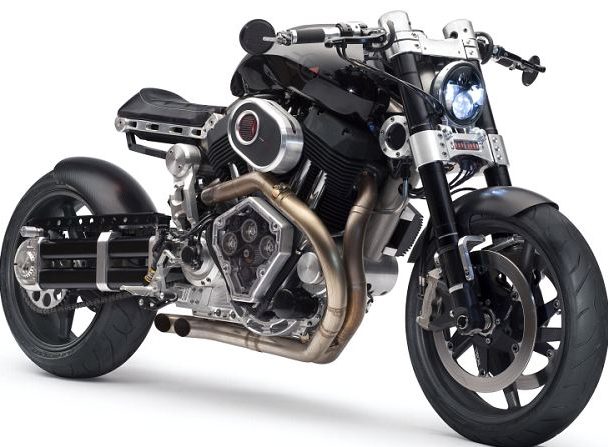
The ultimate benefit of using newer technology on older bikes is the improvement in performance: reducing the overall weight of the bike will improve acceleration, braking, and cornering. New technology in tire manufacturing allows bikes to run at speeds unheard of 15-20 years ago, in both straight lines and around curves. Also, new suspension can dramatically alter the characteristics of any bike, just ask any racer what they use!
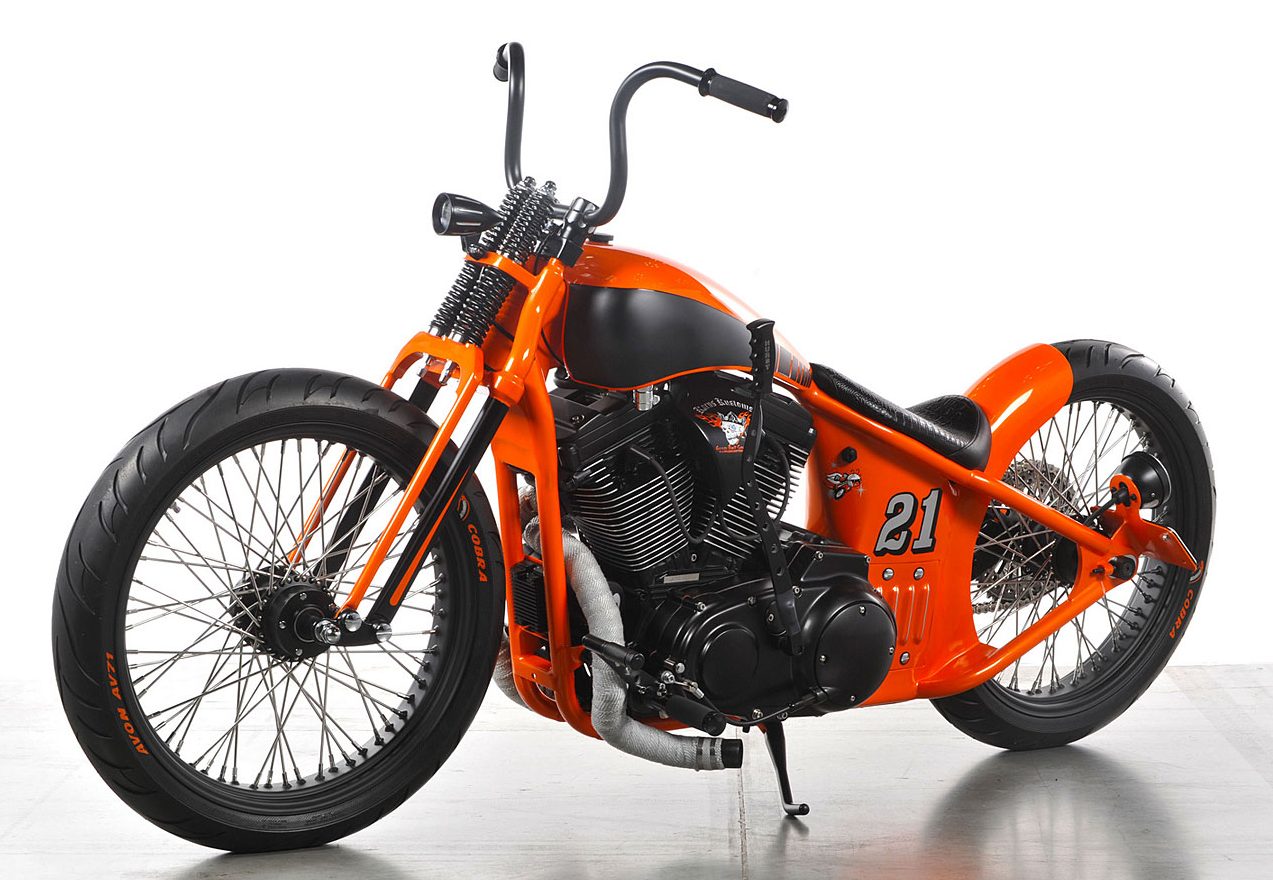
So, how does it all work on your bike? Two words sum it up – Trial and Error. The wonderful creation that is the Internet has made accessing peoples opinions so much easier than ever before (sometimes this can be a bad thing!) but it also allows us to see what other people are using that actually WORKS for your specific type of riding. A racer might be using the latest multi-thousand dollar suspension, whereas your street bike may only need a good tune up for your bike to be more planted under you mid-corner.

My best advice to anyone looking to improve their bike is this – whether you are on a 30 year old or a 3 year old bike, start with the simple stuff. If you would like a little bit more power, start with a free-flow exhaust pipe and a good fuel map (or recommended re-jet if you’ve got carbs). If you want your bike to handle better, look at what tires are available for your size wheels. Guaranteed someone else out there has tried the different options and has reviewed what works well and what doesn’t. Talk to the parts guys at your local dealerships, they are usually passionate bikers themselves and have experience with various brands and parts!
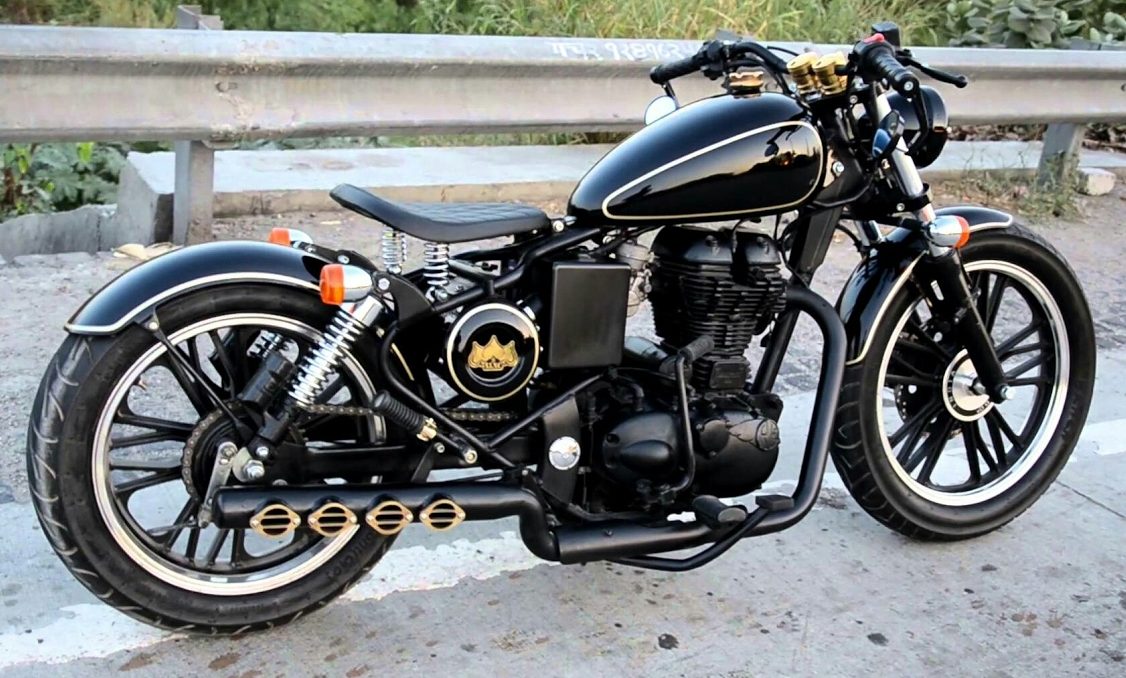
Most importantly, unless you know exactly what you’re doing, only do ONE thing at a time. If anything doesn’t feel right after you’ve changed something, it’s fairly easy to find the cause and rectify it. Case in point, a friend of mine recently had issues with his hydraulic clutch on his sport-bike, so he went through the whole system, replacing piece by piece until he found what the problem was. Along the way he upgraded a few of the parts, until he had improved the overall setup to even better than the factory gear.
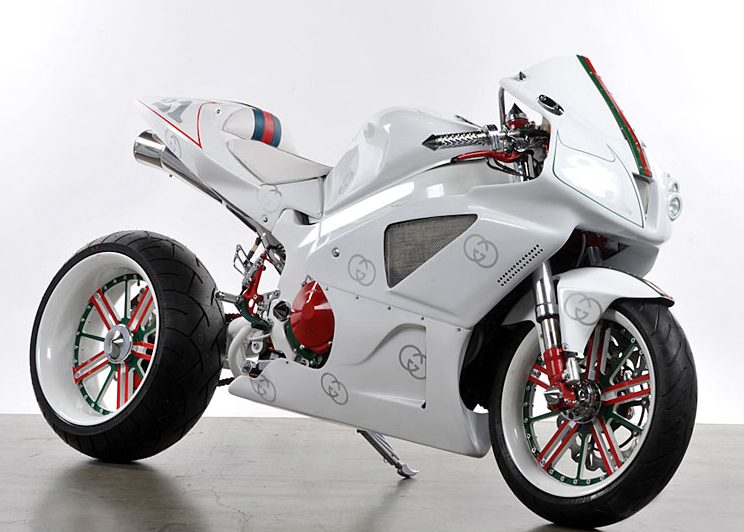
There are so many different options out there in the aftermarket industry, and each different model of bike will react differently to each modification, so it really is important to do your research if you don’t want to spend more of your money than you need to. My own bike (featured on this column a few weeks ago) has been through three full rebuilds now, and each time I get to use newer technology and better compounds to improve the ride! That’s what it’s all about, for those of us that want to get the most out of what we’ve got!
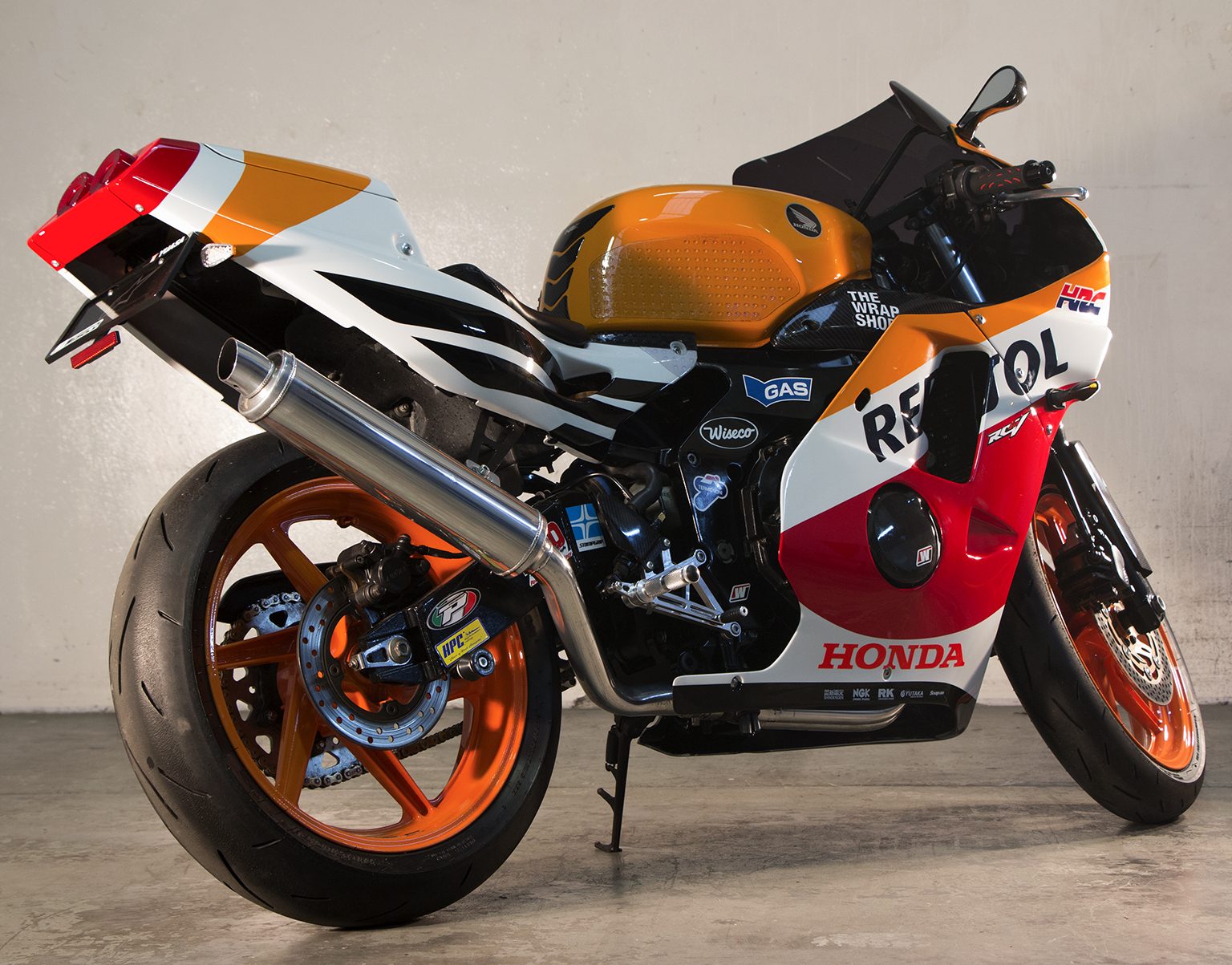
Happy riding!
– Scott
Latest posts by (see all)
- I’m Starting To Get Good At This!! – Tauranga Harbour on the Viking Profish 400 - March 17, 2021
- Success On The Viking Yak! - February 21, 2021
- First Fishing Trip on The Viking Yak || Army Bay - February 8, 2021
- How To Make Kayak Wheels For $27.00! - February 1, 2021
 THE EMPIRE
THE EMPIRE

